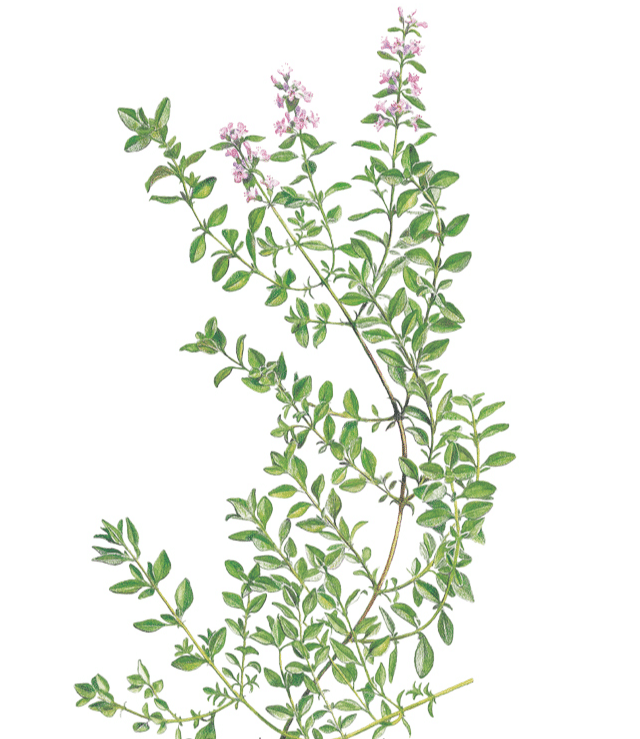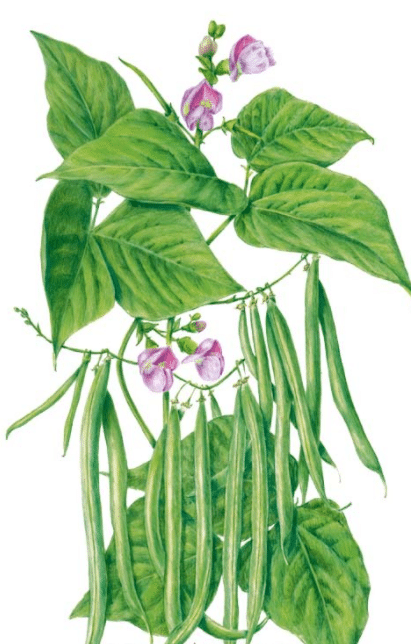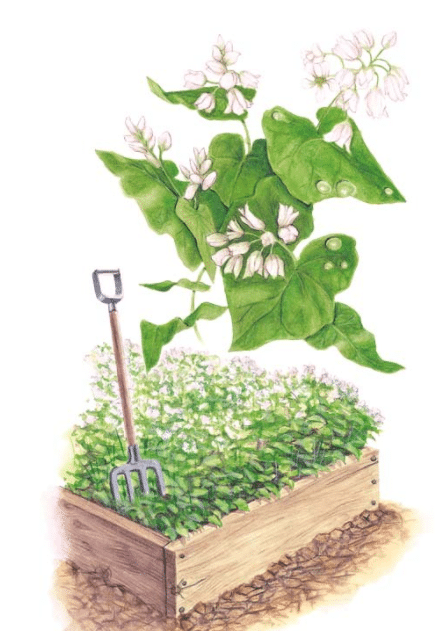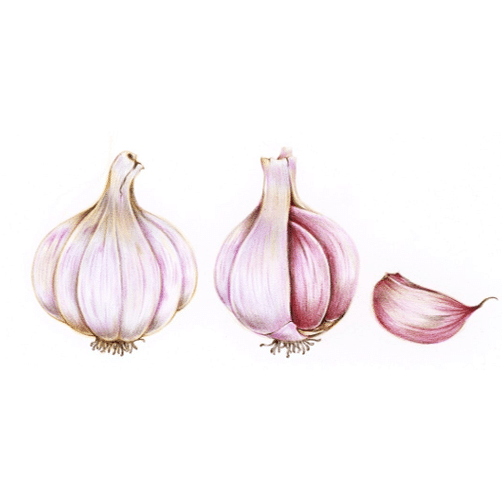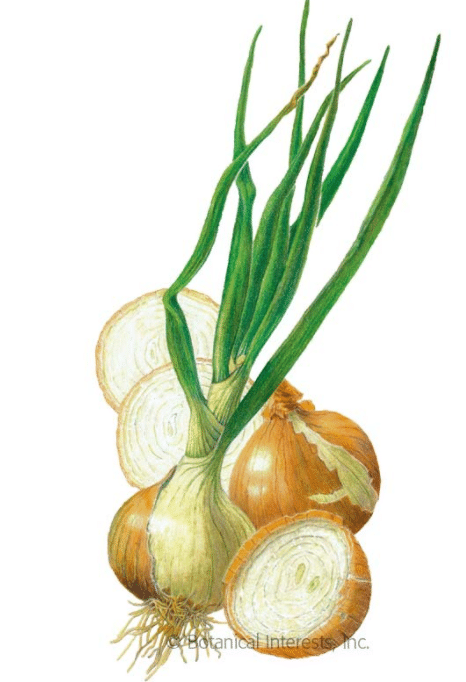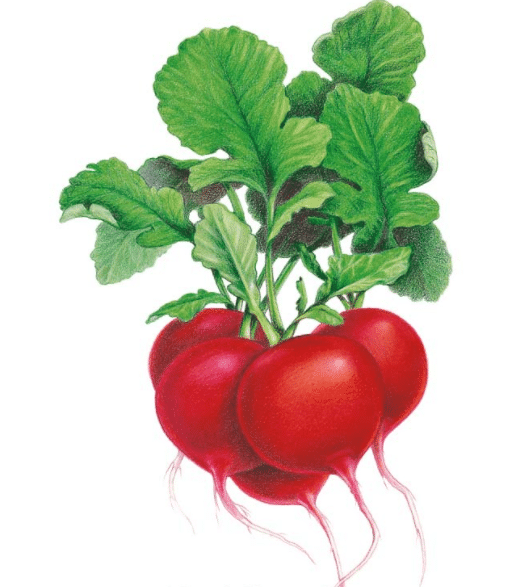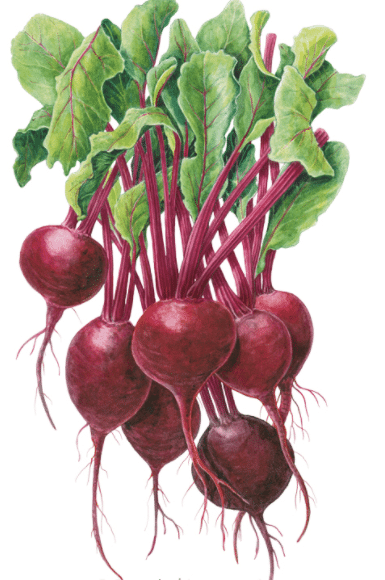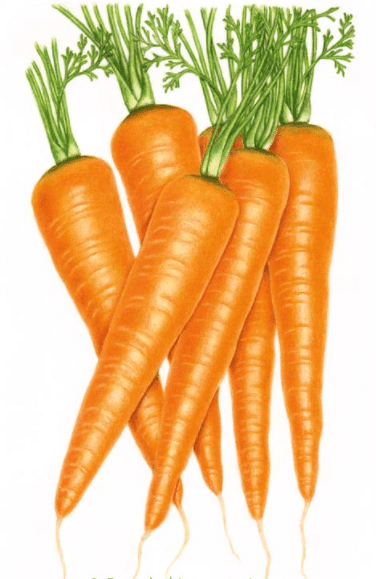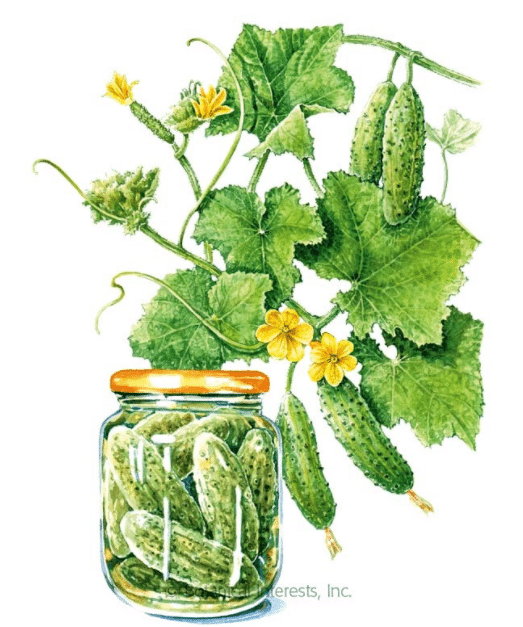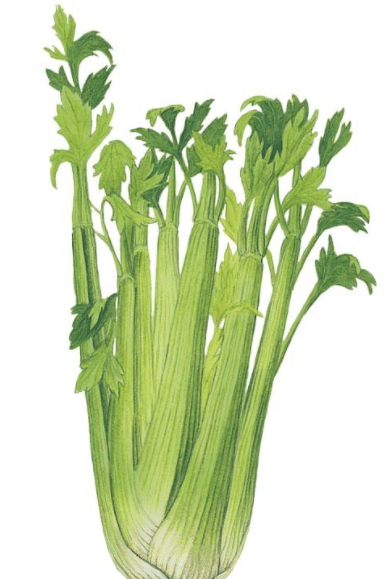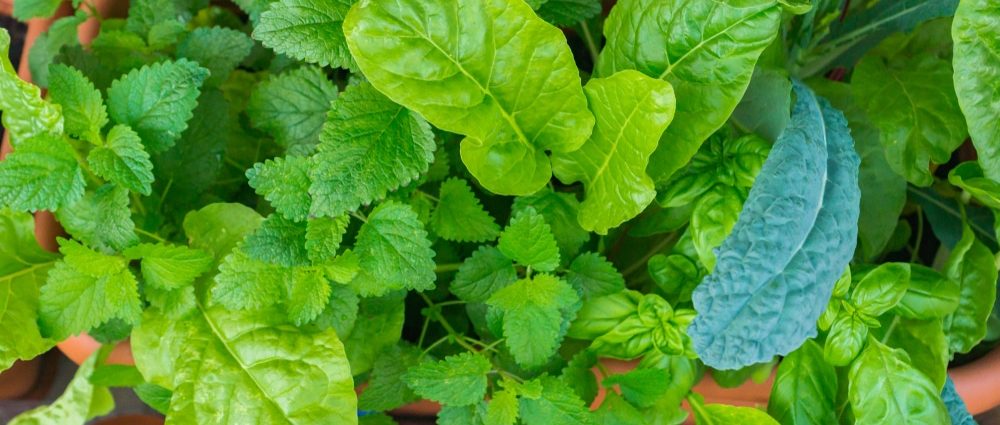
Want to know which plants to grow with kale? Companion planting is the art of growing one or more plants next to each other to create a symbiotic relationship. The best companion plants often help one another by repelling pests, improving flavor, attracting predators that eat pests, adding nutrients to the soil, and retaining soil moisture. In this guide, we'll elaborate on the best companion plants to grow next to kale.
Snapshot: Best & Worst Kale Companion Plants
Best Companions:
Best kale companions include herbs such as cilantro, dill, and sweet alyssum.
Worst Companions:
Avoid planting kale next to other brassicas (cauliflower, broccoli, brussel sprouts, etc.), strawberries, and tomatoes.
Neutral Companions:
Friendly companions that grow well with kale include root vegetables such as beets, radishes, potatoes, carrots, etc.
How to Choose Companion Plants?
Finding the best companion plants for your kale shouldn't be difficult. The truth is, many plants would make great companions for kale. Which plant you choose will greatly depend on your specific goals. For example, are you struggling with pests in your garden? Then plant your kale next to companions that repel your specific pest threat. Dealing with hot temperatures? Then choose a companion plant that will provide shade for your kale plants. Companion planting is really just that simple! Here is a list of the benefits of companion planting to help you decide what kind of plants you'll need for your garden.
Repel Pests:
Some plants have the ability to repel certain plant pests. The best companion plants for kale are those that repel common kale pests including aphids, flea beetles, cabbage worms, and harlequin bugs.
Attract Predators:
Instead of repelling pests, some plants attract predators that feast on common pests and keep their populations low. Examples of beneficial predators include include hoverflies, lacewings, ladybugs, and parasitic wasps.
Fertilize the Soil:
Nitrogen-fixing plants are plants with roots colonized by a bacteria called rhizobium. This bacteria will draw nitrogen from the air into the soil. This creates the perfect nitrogen-rich soil for kale to thrive.
Provide Shade & Moisture:
Cover crops, ground cover, and tall leafy plants all make great companions for kale. Ground cover plants shield the soil and prevent moisture loss while tall leafy plants provide shade for delicate kale leaves.
Improve Flavor Profile:
Did you know that the oils and aromas of certain plants can actually impact the flavor of nearby plants? Herbs such as dill, basil, and mint can improve the flavor of kale as well as alliums like garlic and onion plants.
8 Best Kale Companion Plants
Herbs:
Herbs are arguably the best companion plants for kale. Herbs repel pest, attract predators, maintain soil moisture, and even enhance the flavor of nearby plants. Almost any herb will benefit kale plants in some way, but there are a few herbs that are better companions than others. Kale is a fast-growing leafy green that matures in 50-60 days, so you’ll want to pair it with fast growing companions like cilantro, oregano, sage, parsley, chives, and marjoram. Aphids love kale plants, and many herbs can repel aphids (like catnip, fennel, and cilantro) and attract beneficial predators to eat aphids (like cilantro and sweet alyssum). Avoid herbs like rosemary and lemongrass as they can take over 100 days to reach maturity. There are mixed reviews on whether basil is a good neighbor for kale, but we’ve always had good success companion planting basil with kale.
Shop Herb Companions for KaleCilantro:
Technically, cilantro is an herb and benefits kale for all of the reasons stated above: however, cilantro is such an awesome companion for kale that it deserves its own discussion. Cilantro does it all: attracts pollinators, attracts beneficial predators, repels pests, and enhances the flavor of kale leaves. Aphids are arguably kale’s biggest predators and cilantro both attracts hoverflies that eat aphids and naturally repels aphids with its pungent aroma. Cilantro plants mature in 45-60 days, which is about the same as most kale plants. This means that you can start cilantro and kale seeds together and they will grow at around the same rate. If we could choose only one companion plant for our kale plants, it would definitely be cilantro.
Shop for Organic Cilantro SeedsBeans:
Beans are a great companion for kale plants because the roots of bean plants are colonized by bacteria which can extract nitrogen from the air and convert it into a usable form. Nitrogen is needed for vigorous leafy green growth and kale plants love nitrogen-rich soil. As an added benefit, trellised pole beans can provide shade to kale in hot climates. The best way to use beans as a companion for kale plants is to combine it with an herb that fights aphids such as cilantro. Beans, cilantro, and kale reach maturity at around the same time (50-70 days), which makes this a fantastic companionship.
Shop for Organic Bean SeedsMarigolds:
Marigolds are one of the most beautiful companions for kale plants. These flowers have a distinct aroma that has been said to repel aphids, potato beetles, flea beetles, and even rabbits. Although there is technically no scientific evidence of marigold’s usefulness as a companion plant, we’ve had great success using marigold as a companion plant for our leafy greens and tomatoes. Combine marigold with an aromatic herb (such as cilantro or dill) for an extra dose of pest protection. Marigolds bloom 55-100 days from planting, so be sure to start your marigold seeds a few weeks earlier than your kale seeds.
Shop for Marigold SeedsNasturtium:
Nasturtium works a bit differently than most companion plants. Instead of deterring pests from kale plants, nasturtium actually attracts pests, like cabbage loppers, to itself—acting as a decoy target to lure pests away from your kale. For this reason, its best to plant nasturtiums a few feet away from your kale plants. These beautiful flowers mature quickly (between 35-52 days) and can be started indoors alongside kale seeds or directly sowed outside next to existing kale plants.
Shop for Nasturtium SeedsBuckwheat Cover Crop:
Buckwheat is a sprawling, low-growing cover crop. Cover crops work well with kale plants because they help to cover the soil and prevent moisture loss. Buckwheat is a particularly great cover crop option because it adds a little nitrogen back to the soil which helps to encourage vigorous kale growth. Buckwheat reaches maturity in 70-90 days, so it should be started outdoors shortly before transplanting kale to the same area.
Shop for Organic Buckwheat SeedsGarlic:
Vampires aren’t the only pests repelled by garlic. Garlic’s pungent odor does a fantastic job at repelling moths, spider mites, gnats, cabbage loppers, and many kinds of beetles. The sulfur in the garlic bulb also helps to keep the surrounding soil free form fungal infestations. In addition to pest control, garlic doesn’t compete with kale for nutrients or root space. Garlic plants are typically planted in the spring and take over 100 days to reach maturity. Plant kale alongside garlic in late summer when the garlic plants are reaching maturity.
Shop for Organic Garlic SeedsOnions:
Like other alliums (such as garlic, leeks, chives, and scallions), onion plants make a fantastic companion for kale. Alliums have strong odors that repel common kale pests such as beetles, cabbage loppers, and aphids. Onions and kale are cool season crops and can be grown alongside each other starting in early spring.
Shop for Organic Onion Seeds
5 Best Neighbors for Kale Plants
Companion plants typically provide some benefit to one another when planted together. However, there are some plants that simply make good neighbors and don't necessarily fight pests or fertilize the soil. We call these "friendly neighbors" because they are great vegetables for kale to share garden space with. Friendly neighbors can be planted close to kale plants, so they are a great way to use up any empty garden space around your kale plants.
Radishes:
Radishes are fantastic neighbors for kale plants. While radishes do not provide any protection for kale plants, they can easily be interplanted amongst kale plants because they mature fast and do not compete with kale for resources. Radishes are ready for harvest in as little as three weeks. Plant radish seeds around and in between kale plants to use up extra space in the garden.
Shop for Organic Radish SeedsBeets:
Like radishes, root-vegetables like beets are great neighbors for kale. Kale plants have shallow roots and beet roots grow deep underneath kale roots; thus, two plants do not compete for soil nutrients. If you are growing beets to enjoy their leafy greens, then your beets will grow bigger leaves when fertilized with a nitrogen-rich kale fertilizer.
Shop for Organic Beet SeedsCarrots:
Carrots are another root veggie that can be planted next to kale. Carrots do not provide any pest control, but they are cool-weather crops that can be planted alongside kale during the cooler spring and fall seasons. Both carrots and kale benefit from nutrient-dense soil and light frosts, so they are easy to be grown as a pair.
Shop for Organic Carrot SeedsCucumbers:
Cucumbers are versatile neighbors for kale plants. When allowed to grow at ground level, cucumber vines make for great ground cover and help to keep the soil moist. When grown on trellises, cucumbers provide excellent shade to kale plants on hot days. Cucumbers won’t compete with kale for necessary resources nor will they attract harmful kale pests.
Shop for Organic Cucumber SeedsCelery:
Celery plants can be helpful when planted next to kale by improving the flavor of the leaves and deterring kale pests. Celery isn’t the best at pest control, so it should be planted with kale alongside a stronger companion like cilantro and alyssum.
Shop for Organic Celery Seeds
Worst Kale Companion Plants
Are there any plants that should not be planted near kale? While you certainly won't kill your kale plants by planting them next to the wrong garden veggie, there are some plants that are best planted separately to ensure harmony in your garden.
Strawberries:
Strawberries are one of the worst kale companion plants. Strawberries are nutrient-hungry plants that will stunt the growth of nearby kale plants. Additionally, strawberries attract a wide variety of pests that will simultaneously feast on your kale plants. For this reason, it's best to keep your strawberry patch far away from your kale garden.
Other Brassicas:
Kale is a member of the brassica family which includes other cruciferous vegetables such as broccoli, Brussel sprouts, cabbage, and cauliflower. While it is technically OK to plant kale next to other brassicas, they will compete for resources which may cause slow growth and poor harvests. You can overcome this challenge by making sure that your soil is packed with plenty of nutrients and fertilizing your plants regularly.
Tomatoes:
Tomatoes are heavy nitrogen feeders and directly compete with kale for nitrogen. Additionally, tomato plants attract caterpillars and aphids which are common kale pests. Because of this, it is often recommended to keep tomatoes and kale planted separately. However, you can plant tomatoes next to kale so long as you periodically fertilize the soil with a nitrogen-rich fertilizer and plant pest-fighting companion plants like basil and cilantro alongside your crop.
Final Word on Companion Planting
Companion planting can be a fun way to design a thriving garden; however, don't get too caught up in the details. Companion planting is more of an art than a science. In fact, many claims about the benefits of companion planting are purely anecdotal. Ii all likelihood, your kale plants will thrive when planted next to a wide variety of garden herbs and vegetables.
Frequently Asked Questions About Kale Companions
What Can You Not Plant Near Kale?
It's best not to plant kale next to plants that will compete with kale for resources such as broccoli, cabbage, brussel sprouts, and mustard greens.
